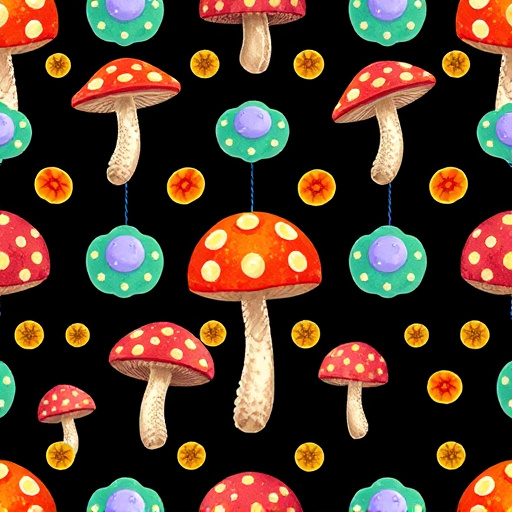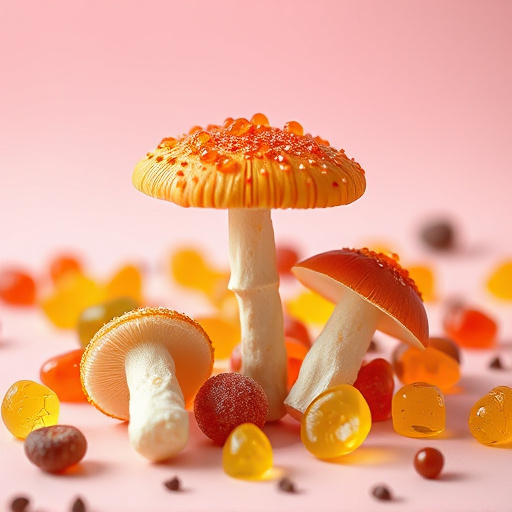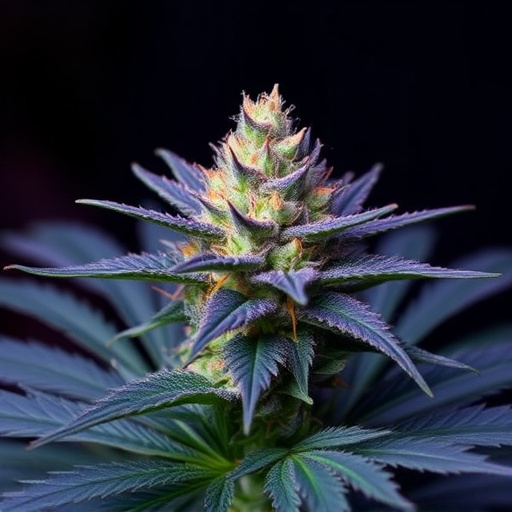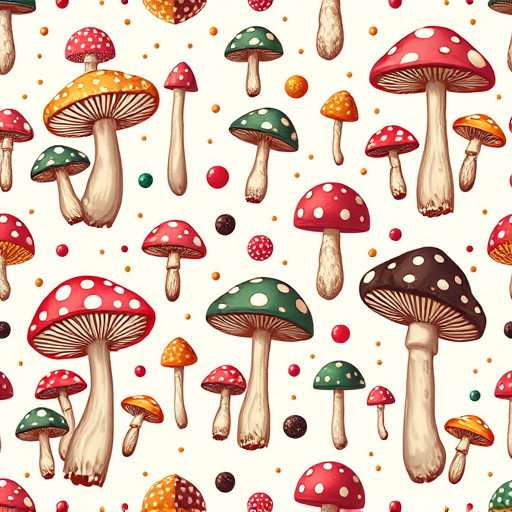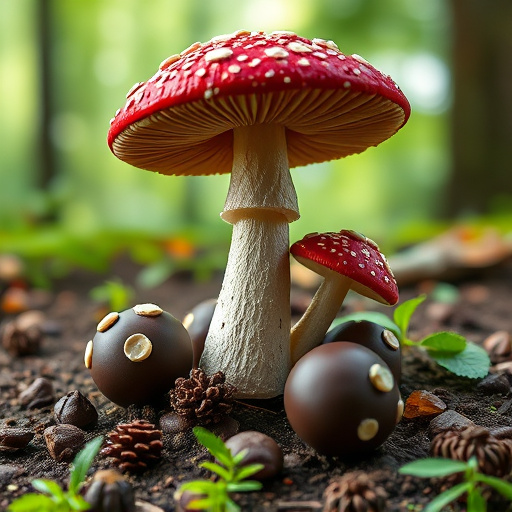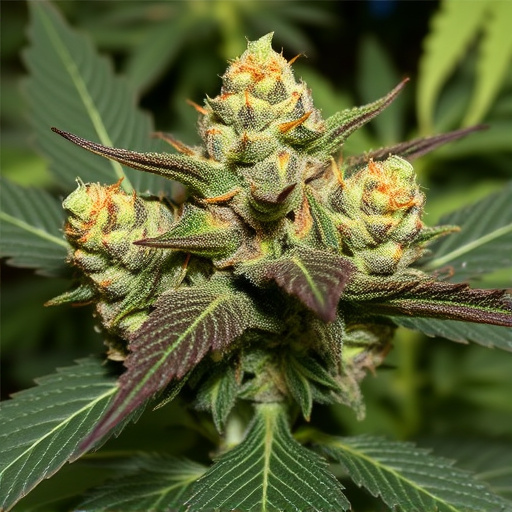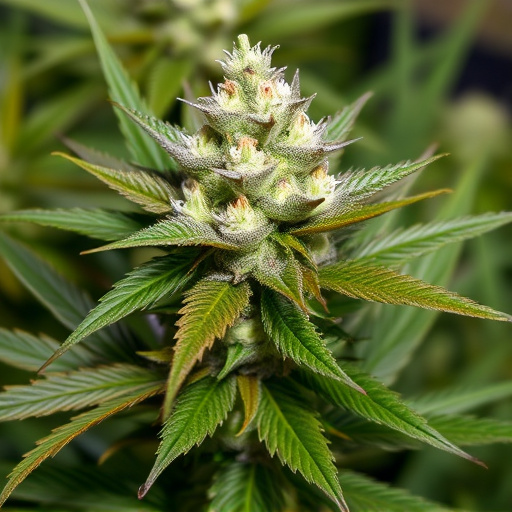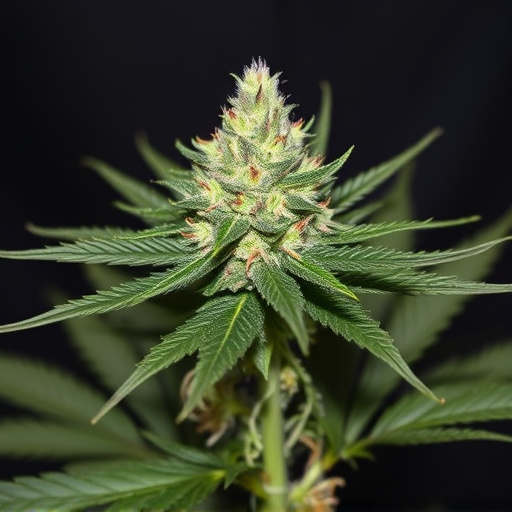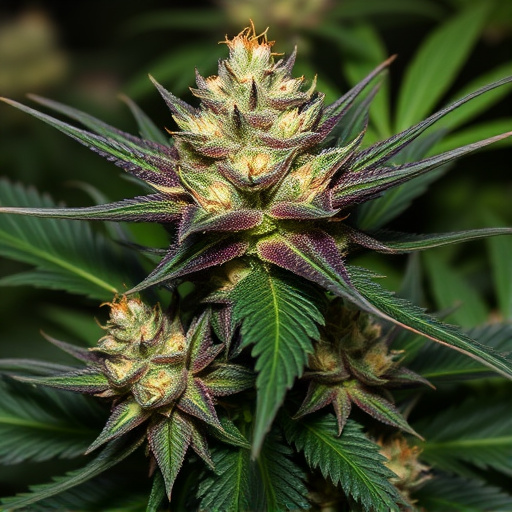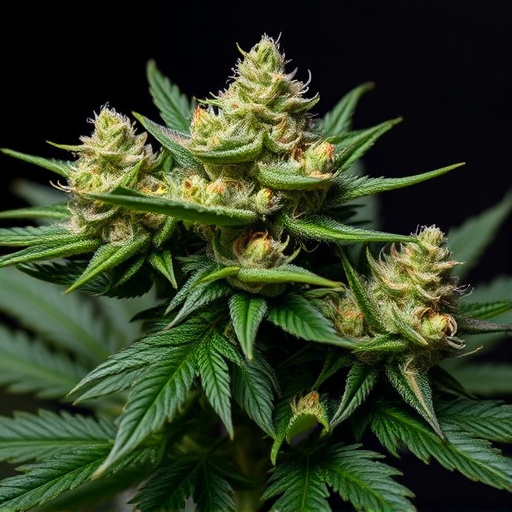TL;DR:
Identifying moldy or expired indica dominant hybrid cannabis involves visual cues like discoloration (yellow/brown leaves, crisp texture), aroma changes (musty scent, bitter taste), and shriveled flowers. These indicators are crucial for consumers to ensure high-quality, safe products. Improper storage leads to health risks from mycotoxins produced by mold. Always inspect cannabis for mold before consumption to protect health and enjoy the intended benefits of these unique strains.
Discover the telltale signs of moldy or expired weed, a crucial consideration for cannabis enthusiasts and users. This comprehensive guide explores the visual cues, such as discoloration and texture changes, specific to indica dominant hybrid strains. We also delve into the impact of age on aroma and flavor, and examine potential health risks associated with consuming moldy cannabis. By understanding these key indicators, you’ll be better equipped to ensure a safe and enjoyable experience.
- Visual Cues: Discoloration and Texture Changes in Indica Dominant Hybrid Strains
- Aroma and Flavor: How Mold and Age Affect Weed's Sensory Experience
- Health Risks: Understanding the Impact of Moldy or Expired Cannabis on Users
Visual Cues: Discoloration and Texture Changes in Indica Dominant Hybrid Strains
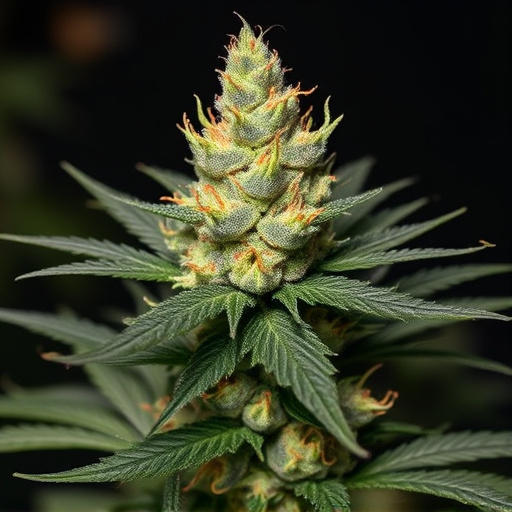
When it comes to identifying moldy or expired weed, one of the most noticeable visual cues is discoloration and texture changes. In particular, indica dominant hybrid strains often exhibit distinct signs of deterioration. The leaves might take on a yellowish or brown hue, especially along the edges, a clear indication of age and potential moisture damage. The once vibrant green color can fade, revealing patches that seem almost dull or grey.
Beyond color, the physical texture becomes altered. Old weed may feel crisp or brittle upon handling, contrasting with the fresh, pliable leaves of newer strains. The flowers or buds might appear shrivelled and dry, losing their sticky or resinous quality. These visual cues are essential for cannabis enthusiasts to ensure they are consuming high-quality, safe product, especially as indica dominant hybrids are known for their potent effects and unique sensory experiences.
Aroma and Flavor: How Mold and Age Affect Weed's Sensory Experience
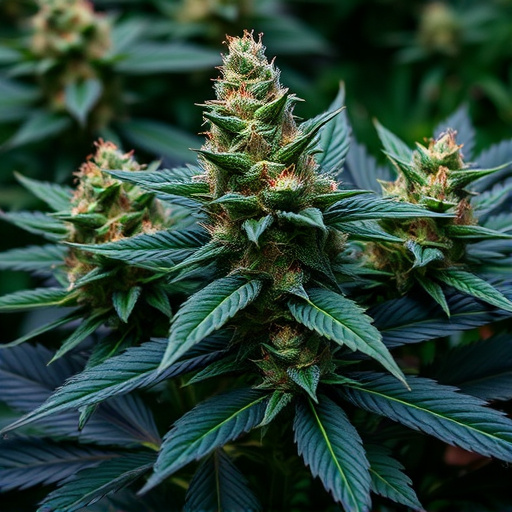
The aroma and flavor of cannabis are integral aspects that contribute to the overall sensory experience for users, especially those who appreciate the subtleties of different strains. When it comes to moldy or expired weed, these senses can provide critical clues about the quality and potency of the product. Molded cannabis often exhibits a musty, earthy scent, which may be appealing in some cases but can also signal the presence of harmful fungi. This off-putting odor is distinct from the subtle, floral notes or the robust, woodsy profiles associated with fresh, high-quality buds.
In terms of flavor, moldy weed may taste pungent, bitter, or even stale, a far cry from the smooth, sweet, or fruity notes often sought after by cannabis enthusiasts. As cannabis ages, the natural processes of oxidation and degradation can lead to changes in terpene profiles, resulting in altered flavors. Indica dominant hybrid strains, known for their calming effects and diverse aromatic profiles, may exhibit these differences more prominently. For instance, a once-desirable earthy or fruity taste could transform into an unpleasant, rubbery or musty flavor, indicating that the weed is no longer suitable for consumption.
Health Risks: Understanding the Impact of Moldy or Expired Cannabis on Users
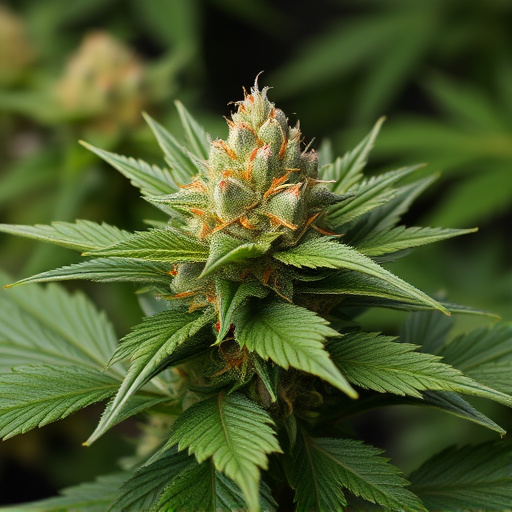
The health risks associated with consuming moldy or expired cannabis cannot be overstated. Mold, especially in plants that have high moisture content like cannabis, can produce toxic compounds known as mycotoxins. These toxins can cause a range of adverse effects on users, from respiratory issues to more severe allergic reactions. In individuals with compromised immune systems or pre-existing health conditions, the impact could be even more pronounced.
When cannabis becomes moldy, it often loses its desirable therapeutic properties and potency. Indica dominant hybrid strains, known for their relaxing and calming effects, can turn unappealing or even harmful if not properly stored. Proper storage practices, including keeping cannabis in a cool, dry place away from direct sunlight, are crucial to maintaining both quality and safety. Users should always inspect their cannabis for any signs of mold or discoloration before consumption, ensuring they protect their health and enjoy the intended benefits without potential side effects.
In conclusion, recognizing signs of moldy or expired weed is crucial for both cannabis enthusiasts and consumers. By understanding visual cues like discoloration and texture changes in indica dominant hybrid strains, as well as the impact on aroma, flavor, and health risks, users can make informed decisions to ensure a safe and enjoyable experience. Regularly checking the condition of your weed supplies is essential to navigate this evolving market and avoid potential health complications.
